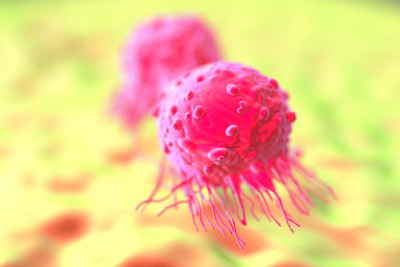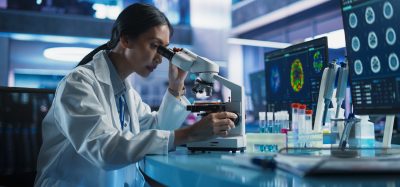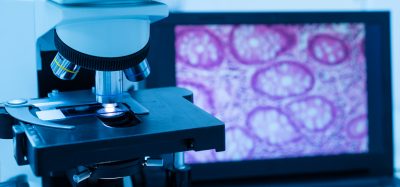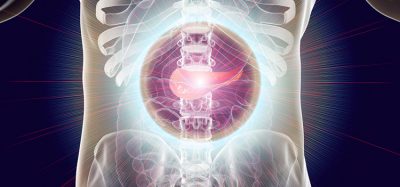New insights reported on the function of BRCA1 in breast cancer
Posted: 7 March 2016 | Victoria White | No comments yet
Scientists have provided a deeper insight into how BRCA1 functions in normal breast tissue and how its loss results in breast cancer…


Scientists have provided a deeper insight into how BRCA1 functions in normal breast tissue and how its loss results in breast cancer.
The gene is known to suppress cancer by repairing breaks in DNA. In the new study, Cancer Therapy & Research Centre (CTRC) researchers found that the gene also serves as a limiter or governor on a gene called COBRA1 that regulates breast cell growth.
The CTRC is part of UT Medicine San Antonio, the clinical practice of the School of Medicine at The University of Texas Health Science Centre at San Antonio.
“We now have solid and compelling evidence that BRCA1 in breast tissue is doing something independent of DNA repair,” said Rong Li, Ph.D., professor of molecular medicine at the Health Science Centre. “We still think DNA repair is important for BRCA1 to suppress tumour development, but we just don’t think it’s the whole story.”
Since DNA repair is needed in every cell of the body, scientists including Dr Li have puzzled over why loss of the gene’s function predisposes women to only breast and ovarian cancers. Also, diminished BRCA1 activity doesn’t affect men significantly, as it does women.
“From very early on, we and others in the field speculated that maybe there is a DNA repair-independent function associated with BRCA1 that can better explain this tissue and gender specificity,” Dr Li said.
The researchers are hoping to confirm the finding in human tissue
The new finding provides at least part of that answer, he said, and could one day translate into better diagnostic and treatment tools for this form of breast cancer. “The ultimate goal would be to slow down or even prevent breast cancer development in BRCA1 mutation carriers,” he said.
Virginia Kaklamani, M.D., professor of medicine at the Health Science Centre and leader of the CTRC breast oncology programme, added: “We have come to know BRCA1 as a gene responsible for repairing DNA errors. Dr Li has found that BRCA1 plays an important role in breast tissue development, a finding that may help in developing more effective ways of preventing breast cancer in women carrying BRCA1 mutations.”
Dr Li and his colleagues conducted the study in mice and want to confirm the finding in human tissue. They are collaborating with CTRC breast oncologists to obtain tissue from BRCA1 mutation carriers and assess whether the same BRCA1-COBRA1 relationship exists.
“If we can validate this relationship in human tissue, then the next step will be to see if we can intervene using pharmacological tools to re-establish the balance, if it is lost, in a BRCA1 mutation carrier,” Dr Li said.







